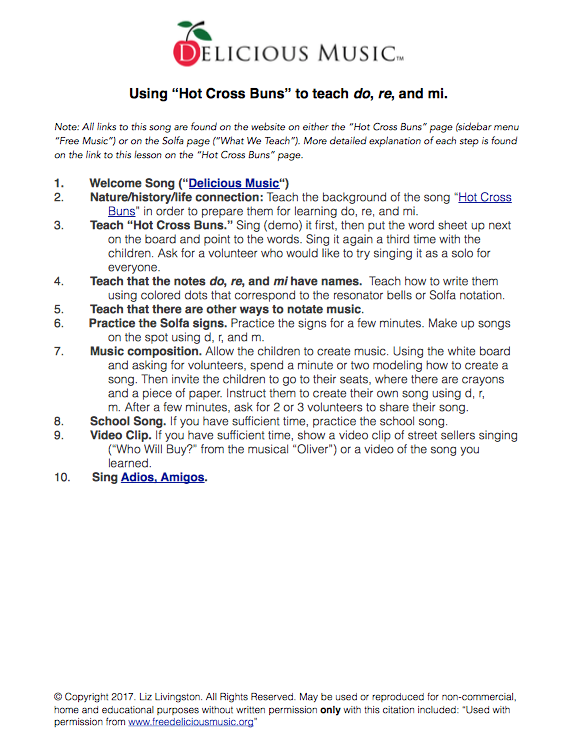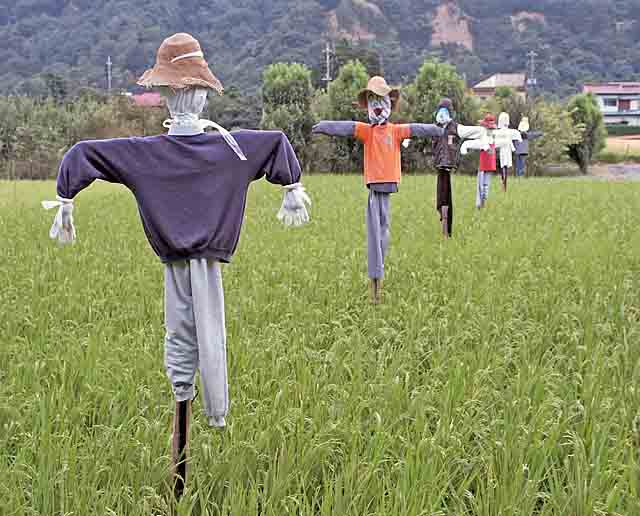Week 6 (For a printable PDF of this lesson, go here.)
The physical, mental and emotional effects of music
Welcome: Delicious Music Theme Song
Getting to Know You: Hyrum, Rayn, Sailor, Joohno, Jack
Activity: Music makes you feel different emotions: happy, sad, scared, excited. Listen to music and see how you feel:
1. Excited:
Play: La Polka Militaire
Sing: Jingle bells (use bells)
2. Sad:
Play: Moonlight Sonata
Sing: if you chance to meet a frown
3. Scared:
Play: Pawnee Attack
I’m a mean old witch
I’m a mean old witch with a hat
And I ride on a broom with my cat
And my shoes are pointed and my chin is too
And you better watch out cause I might scare you
I’m a mean old witch with a hat. Boo!
4. Happy:
Play: Supercalifragilisticexpealidocious
Sing: If you’re happy and you know it
Discussion: Music can make you feel so many emotions so always be careful to listen to music that makes you feel good and happy and avoid music that is harmful.
Goodbye: Adios Amigos

